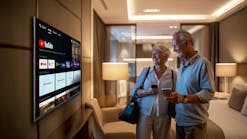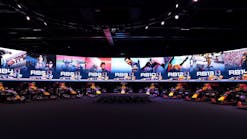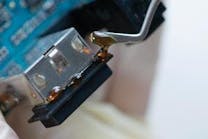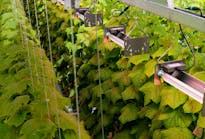Syhdee releases 120-lm/W LED panels for office and commercial lighting
April 27, 2015
Recently Syhdee released its first generation LED panels in the first half year of 2015. About one year’s preparation and design amendment enabled the first generation LED panels to be perfected. Now we introduce the main features and advantages of Syhdee’s first generation LED panels.
Considering high safety requirements, Syhdee's first generation LED panels adopt a PVC body frame as the surface protection case. In the lamp market, major panel light manufacturers would like to adopt an aluminum shell as the frame on account of heat dissipation. Although aluminum material is superior to PVC with regard to thermal conductivity, it is susceptible to corrosion.To resolve heat dissipation problems, Syhdee’s R&D team has improved the LED panels' internal structure. Built-in silica film can reduce this concern to a great extent.
This first generation LED panel focuses on cost and differentiation advantages to foster its competitiveness. Green material has become the hottest choice for LED panel components. PVC is lower in cost than aluminum. An integrated structure design can reduce cost as well.
In order to realize luminous efficacy, the panel, diffuser, and reflector are integrated. The highest luminous efficacy achieved by this first generation of LED panels is up to 120 lm/w.
With their sleek and streamlined look, LED panels are often installed in office and commercial locales. LED panels are characterized by their sleek appearance and wide luminous output applied in modern lighting systems. Installation can be suspended, or ceiling or recessed mounted.
Combined with a smart control system, LED panels are very popular in middle- and high-end markets as well as the end-user market.
Considering high safety requirements, Syhdee's first generation LED panels adopt a PVC body frame as the surface protection case. In the lamp market, major panel light manufacturers would like to adopt an aluminum shell as the frame on account of heat dissipation. Although aluminum material is superior to PVC with regard to thermal conductivity, it is susceptible to corrosion.To resolve heat dissipation problems, Syhdee’s R&D team has improved the LED panels' internal structure. Built-in silica film can reduce this concern to a great extent.
This first generation LED panel focuses on cost and differentiation advantages to foster its competitiveness. Green material has become the hottest choice for LED panel components. PVC is lower in cost than aluminum. An integrated structure design can reduce cost as well.
In order to realize luminous efficacy, the panel, diffuser, and reflector are integrated. The highest luminous efficacy achieved by this first generation of LED panels is up to 120 lm/w.
With their sleek and streamlined look, LED panels are often installed in office and commercial locales. LED panels are characterized by their sleek appearance and wide luminous output applied in modern lighting systems. Installation can be suspended, or ceiling or recessed mounted.
Combined with a smart control system, LED panels are very popular in middle- and high-end markets as well as the end-user market.
Contact:
SyhdeeE-mail:
[email protected]Web site:
www.syhdee.comLocate more general lighting vendors in the LEDs Magazine Online Suppliers Directory
Submit new products, case studies/projects, and other press releases at http://www.ledsmagazine.com/content/leds/en/addcontent.html and http://www.ledsmagazine.com/content/leds/en/iif/add.html.




